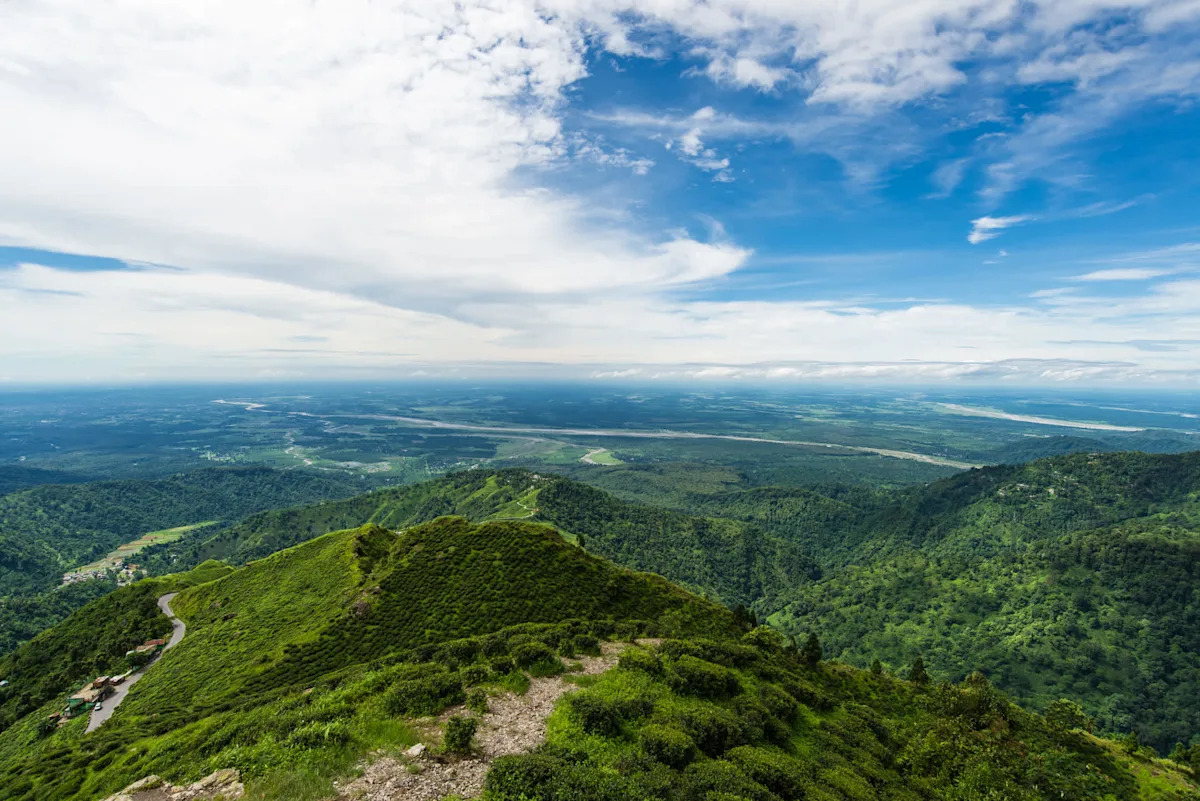An extensive survey of the wildlife of a remote region in the Himalayas has uncovered a trove of rare discoveries, including the first-ever sighting of an elusive feline in the area.
As Deccan Herald reported, the World Wildlife Fund India installed 136 camera traps at 83 locations at high altitude over a 1,240-mile area in India’s Arunachal Pradesh. The cameras were in place between July and September 2024.
The results were truly remarkable, with leopards of both the common and clouded variety spotted at the highest-ever recorded altitudes. The even rarer snow leopard was caught on camera, as well as the marbled cat, which had never been seen at such heights before.
However, the star of the show was undoubtedly the surprise appearance of the Pallas’s cat, which is seen glaring right into one of the cameras. Its round pupils, fluffy ears, and puffy cheeks give it a charmingly grumpy visage. They’re named for the Prussian naturalist Peter Simon Pallas, who recorded the first descriptions of the cats in the 18th century during a tour of Russia. According to the Smithsonian, Pallas thought they may have stemmed from the half-wild offspring of a nobleman’s Persian cat.
Found throughout rocky terrain in Central Asia, Pallas’s cats are clever little hunters who use stealth to take down small mammals and rodents while keeping out of sight of larger predators. Life in such inhospitable terrain is tough, and around two-thirds of kittens won’t make it to adulthood, per Panthera.
In a press release, WWF India noted the vital contribution of local communities and officials in making the study possible. Trail cameras have proved to be a valuable tool in conservation research worldwide. One of the biggest challenges for aiding species like the snow leopard is just how poorly their habitat is understood. About 70% of its suspected range hasn’t been properly charted.
Dr. Rishi Kumar Sharma, Head-Science and Conservation, Himalayas Program, said, “The discovery of Pallas’s Cat … is a powerful reminder of how little we still know about life in the high Himalayas. These findings highlight why community-led conservation, grounded in science and local knowledge, is indispensable for securing the future of our fragile rangelands.”
Join our free newsletter for good news and useful tips, and don’t miss this cool list of easy ways to help yourself while helping the planet.
